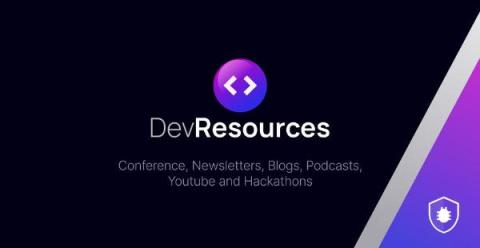Write Better Code Using Swift Enums: A Detailed Guide
In Swift, an enum (short for enumeration) is a powerful feature that allows us to define a data type with a fixed set of related values so we can work with those values in a type-safe way within our code. In this article we’ll be taking a closer look at Swift enums and their applications in Swift, as well as providing some real-world examples of how we could deploy them in our builds.











